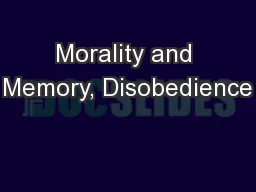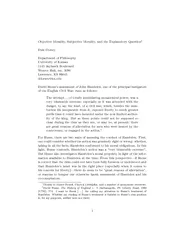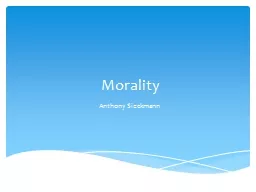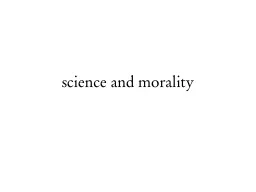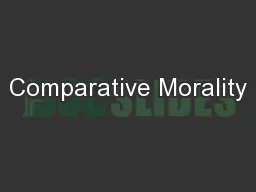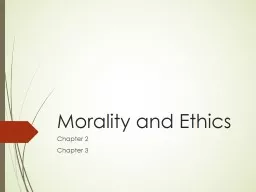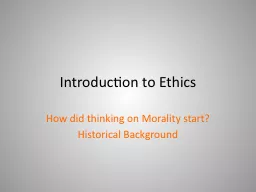PPT-Morality and Memory, Disobedience
Author : mitsue-stanley | Published Date : 2017-08-27
Disobedience reconsidered history theory and the Morality of Scholarship Martin L Davies School of Historical Studies University of Leicester Leicester UK Bryce
Presentation Embed Code
Download Presentation
Download Presentation The PPT/PDF document "Morality and Memory, Disobedience" is the property of its rightful owner. Permission is granted to download and print the materials on this website for personal, non-commercial use only, and to display it on your personal computer provided you do not modify the materials and that you retain all copyright notices contained in the materials. By downloading content from our website, you accept the terms of this agreement.
Morality and Memory, Disobedience: Transcript
Download Rules Of Document
"Morality and Memory, Disobedience"The content belongs to its owner. You may download and print it for personal use, without modification, and keep all copyright notices. By downloading, you agree to these terms.
Related Documents

